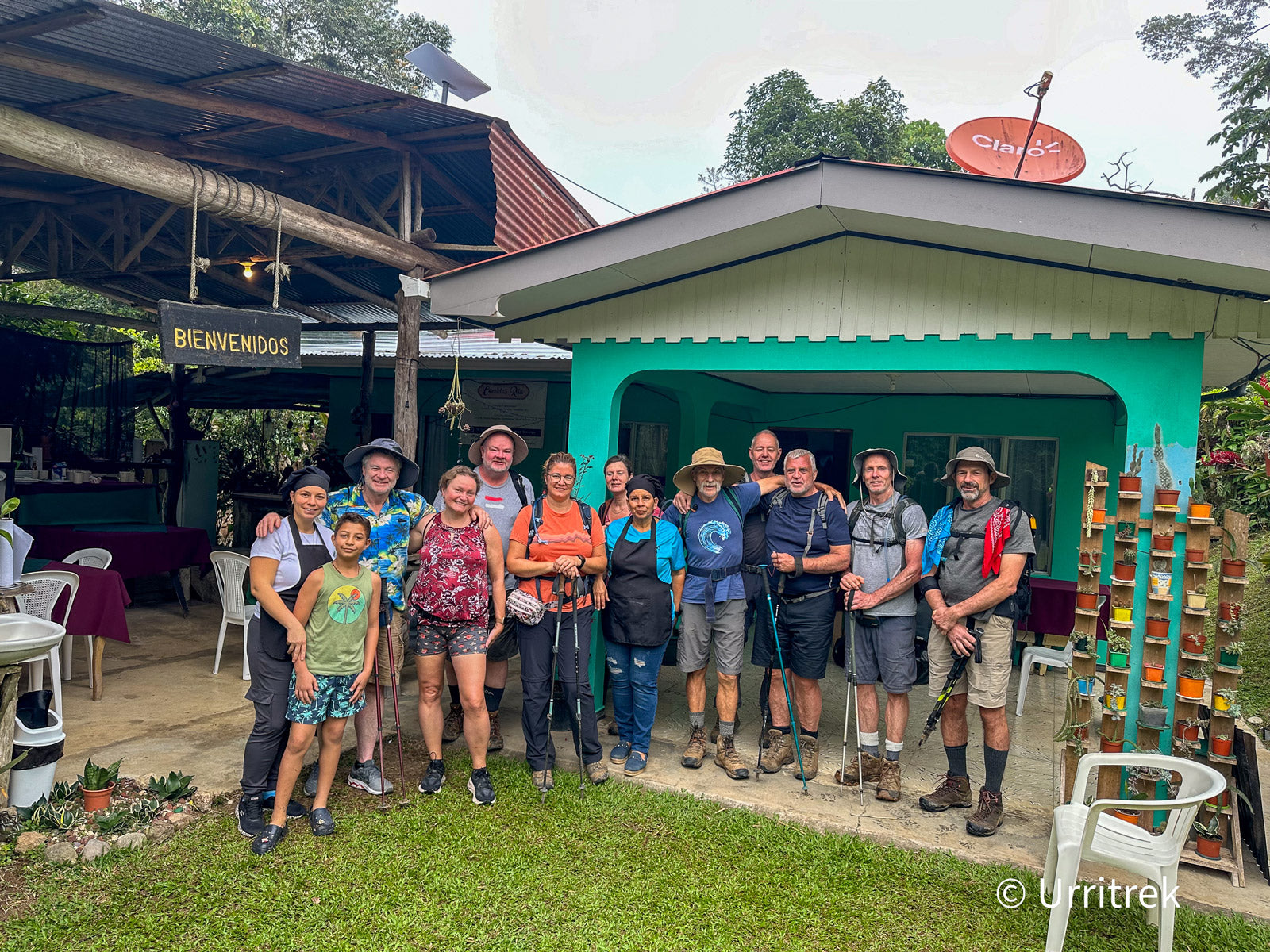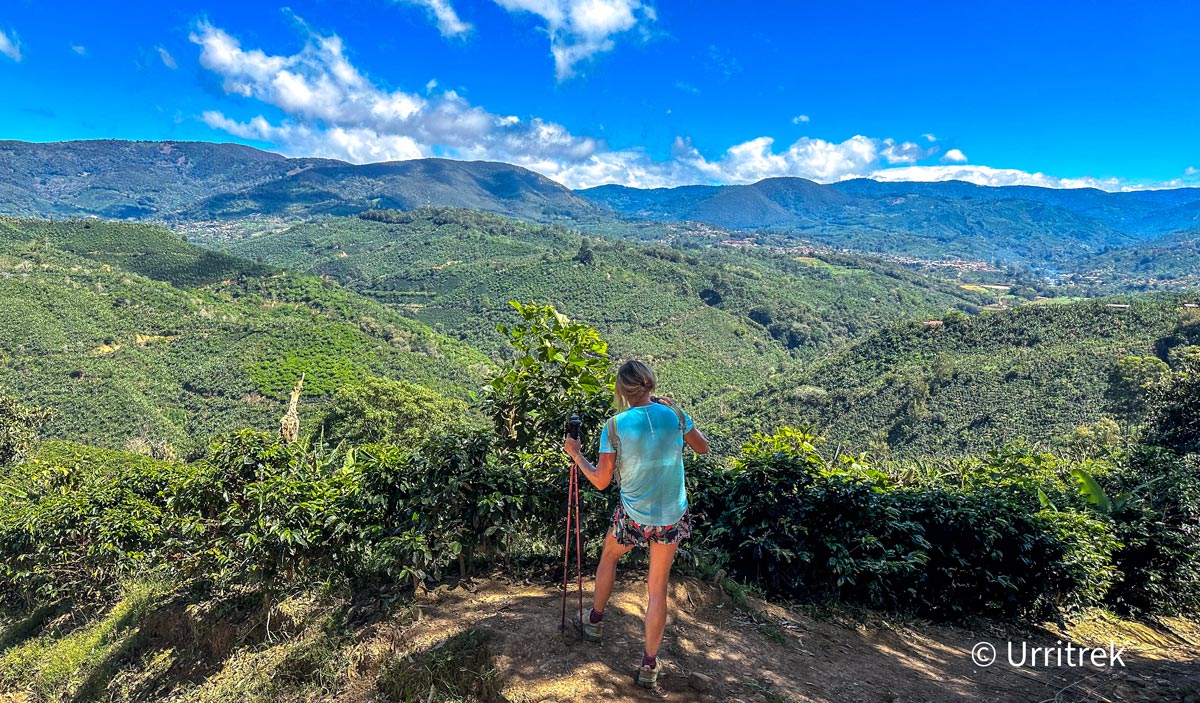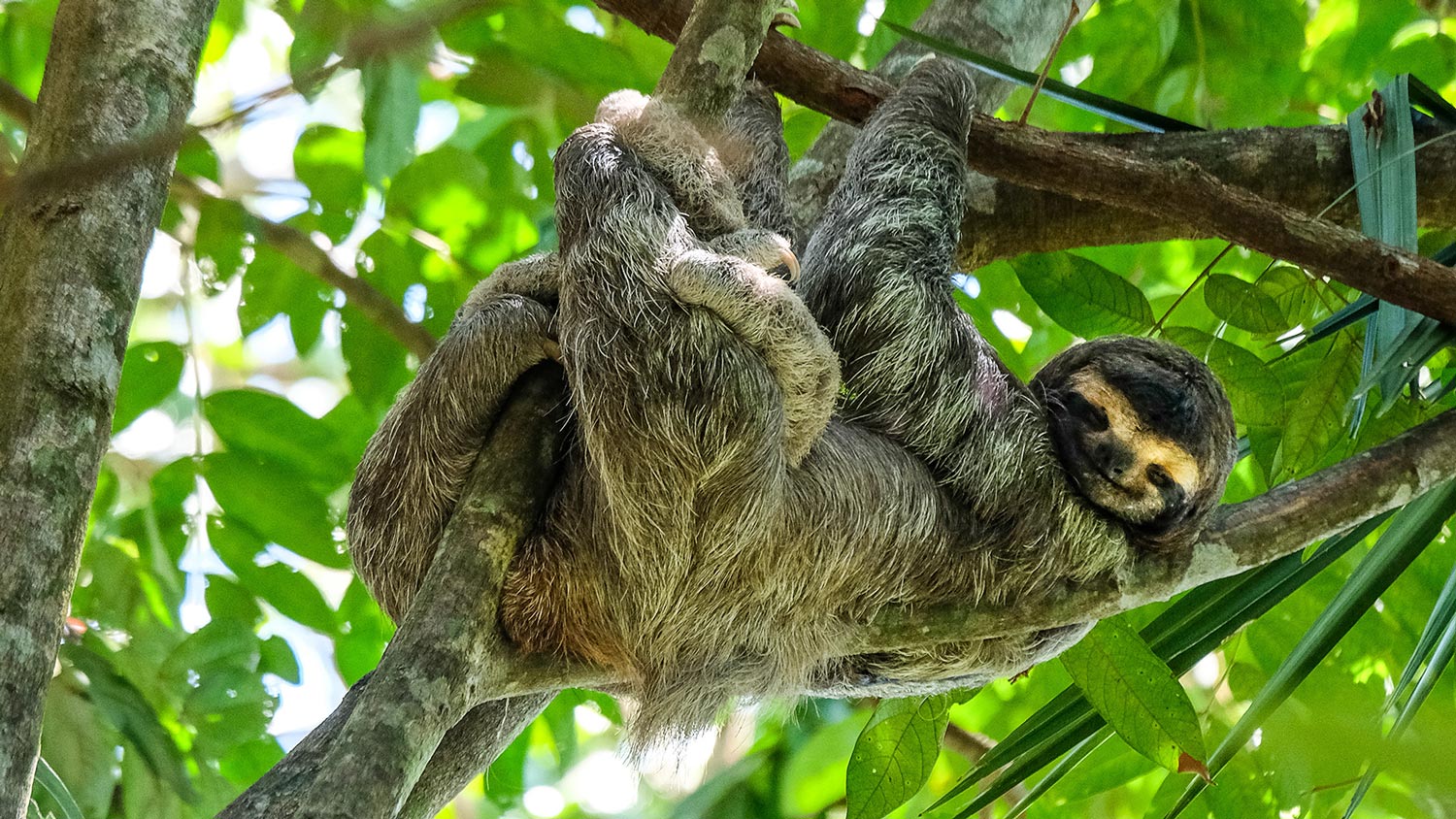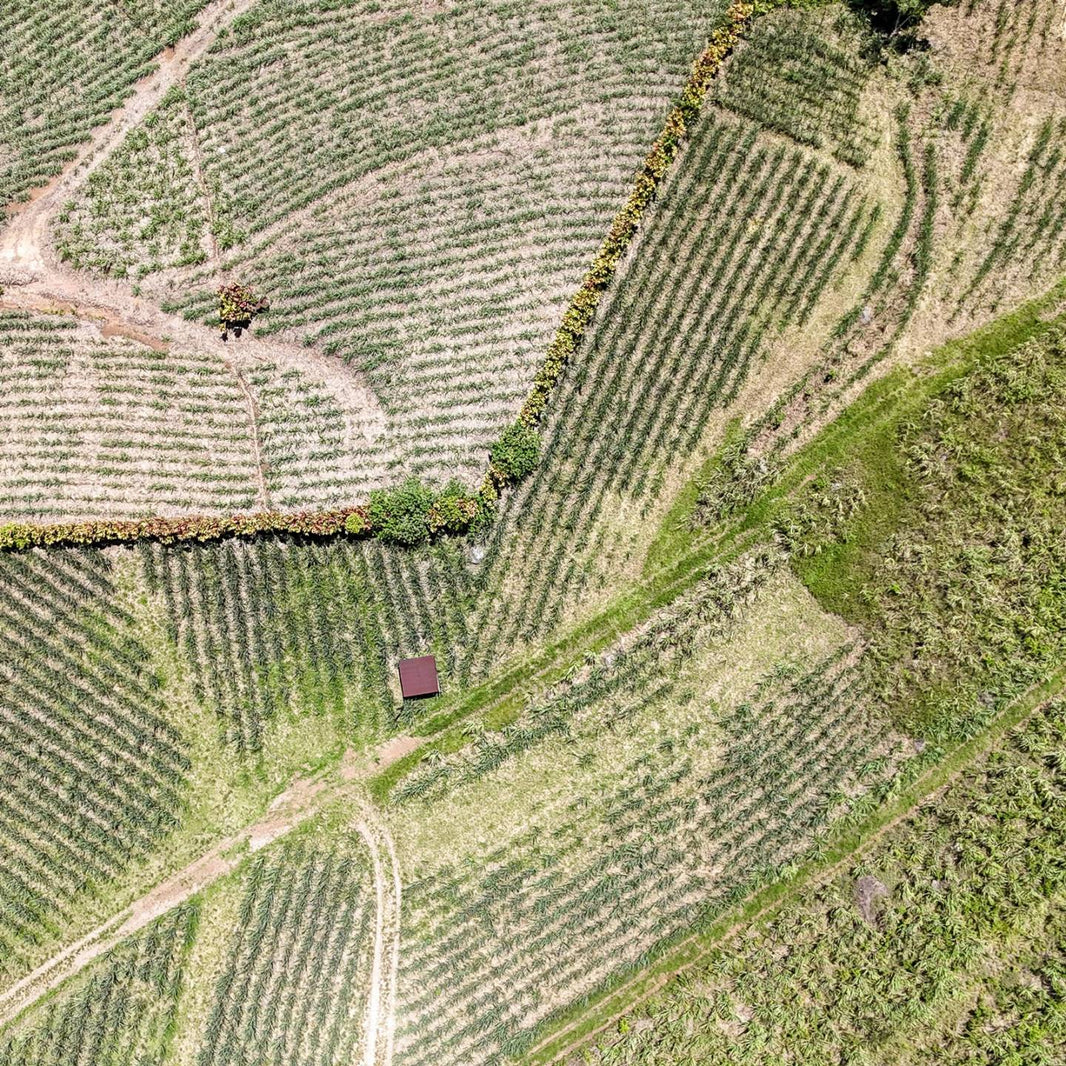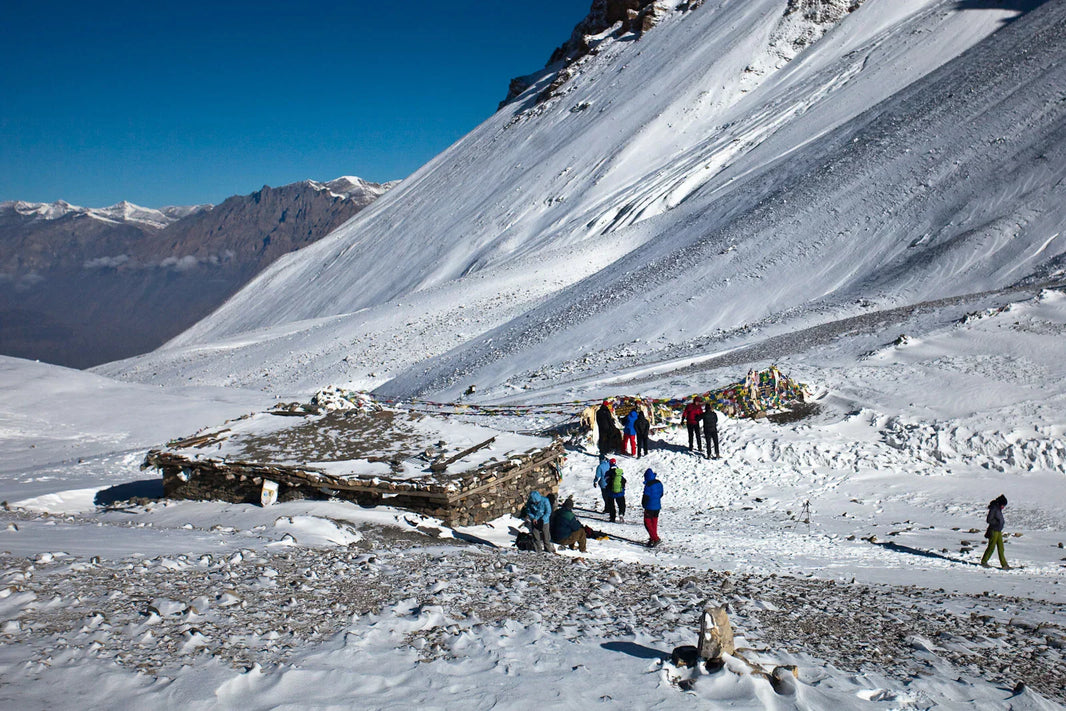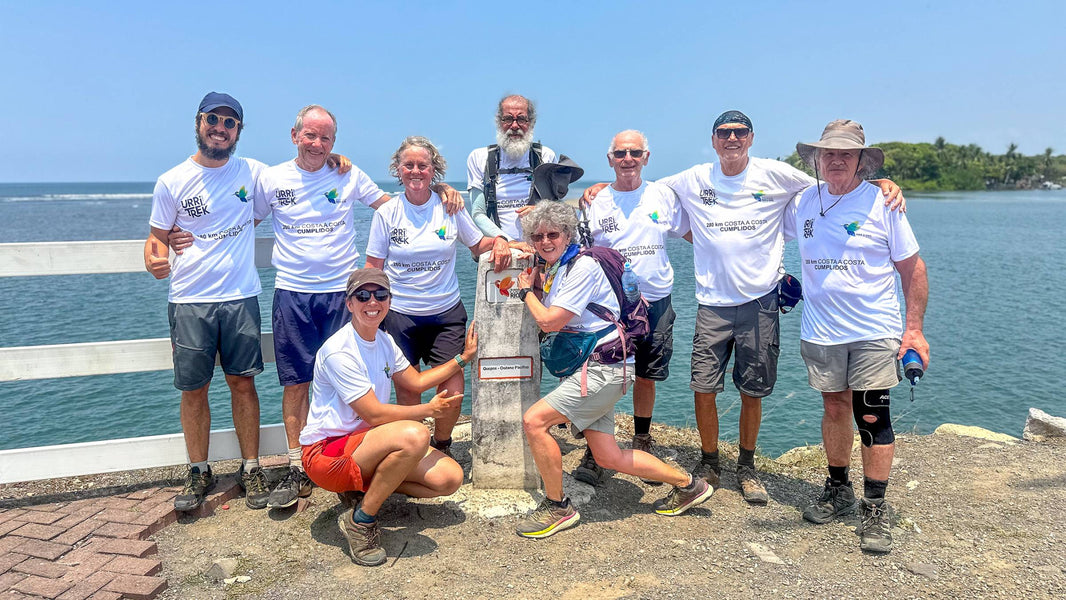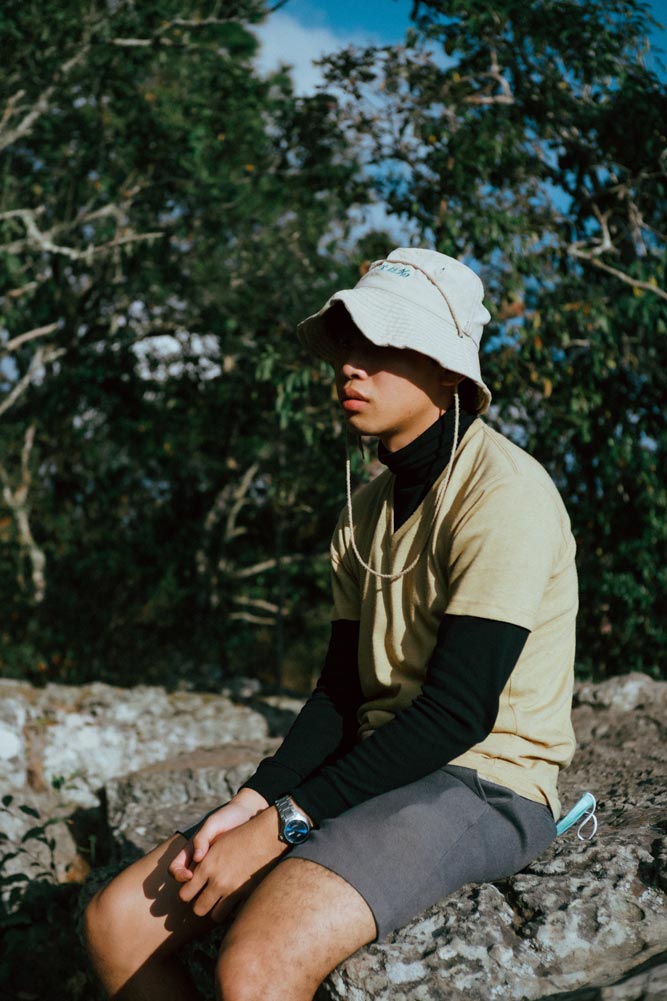Those who walk El Camino de Costa Rica travel through jungles, coffee farms, mountains, urban stretches, beaches, and wide-open skies. On this journey from coast to coast, there’s one constant that never lets up: the tropical sun. Many visitors, especially those from temperate or cloudy climates, underestimate the sun’s intensity in this Central American country, which can lead to burns, blisters, sunstroke, and long-term skin damage that may not be immediately apparent but will leave a lasting mark over time.
This article gives you everything you need to know to protect your skin before, during, and after your adventure. Enjoying the trail also means taking care of yourself along the way.
Why does the sun burn more in Costa Rica?
Costa Rica is located near the equator, where exposure to ultraviolet (UV) radiation is more direct. Additionally, many sections of the trail are located at high altitudes. El Camino reaches elevations of over 2,400 meters (7,800 feet) above sea level in areas such as Cerro de la Muerte and the central mountain ranges.
For every 1,000 meters of elevation gain, UV radiation increases by 10–12%, meaning that even on cloudy or cool days, your skin can be absorbing very high levels of solar radiation. Additionally, the proximity to the ocean along the coast creates intense reflections of sunlight off surfaces like sand and water, thereby increasing the risk.
Why You Still Need Sunscreen on Cloudy Days?
Even if the sky is overcast or entirely clouded, UV rays still penetrate through and can damage your skin. Up to 80% of UV radiation can pass through cloud cover, especially UVA rays, which penetrate deeper into the skin and are responsible for premature aging.
This means that even on gray or mild days, UV radiation remains high. And it can be deceptive: the lack of heat may make it feel safe, so people let their guard down and skip protection.
Wear long-sleeved, breathable clothing that offers UV protection.
What kind of sunscreen should I use?
Not all sunscreens are the same. The key is the SPF (Sun Protection Factor). This number indicates how much longer your skin can be exposed to the sun without burning, compared to unprotected skin. But you also need to consider your skin type and the intense sun conditions in Costa Rica.
How to read a sunscreen label
The Skin Cancer Foundation offers tips on choosing and using sunscreen, but we also share with you what to check before buying sunscreen:
-
SPF (Sun Protection Factor): At least 30, ideally 50+ for long hikes.
-
Broad-spectrum protection: Shields against both UVA and UVB rays.
-
Water resistance: Critical if you sweat or hike in humid areas.
-
Skin type: Look for formulas specifically designed for sensitive, oily, or acne-prone skin.
- Expiration date: Check that the sunscreen hasn’t expired.
General SPF recommendations for tourists on El Camino
If you’re unsure of your skin type, simply read the descriptions and follow the recommended SPF.
-
Very fair skin (pale complexion): Burns very easily and doesn’t tan. Recommended: Use sunscreen with SPF 50 or higher.
-
Fair skin: Tends to burn, but can tan. Recommended: use SPF 50.
-
Olive or light brown skin: Tans easily and rarely burns. Recommended: use SPF between 30 and 50.
- Dark or deep brown skin: Low risk of burning and tans well. Recommended: use SPF of at least 30.
Important: In Costa Rica, regardless of your skin type, SPF 50 is the safest bet for hikers spending long hours outdoors. Sweat, altitude, and water can all reduce the effectiveness of sunscreen over time.
Tip: Maybe you’re not staying in San José, but you might want to check the UV index in the capital.
How often should I apply it?
Once a day is not enough, especially if you’re constantly moving under the sun.
-
First application: 20-30 minutes before sun exposure.
-
Reapplication: Every 2 hours, or sooner if you sweat heavily or get wet.
- Commonly forgotten spots: Ears, neck, backs of hands, behind the knees, tops of the feet, and lips (use SPF lip balm).
Always choose a broad-spectrum sunscreen, which protects against both UVB rays (causing sunburn) and UVA rays (causing deep skin damage and premature aging).
What happens if I don’t protect myself from the sun?
Skipping sunscreen doesn’t just lead to a bad sunburn; it can also cause more severe health issues. It can have both immediate and long-term consequences:
Immediate effects:
-
Redness and inflammation
-
Blisters and peeling
-
General dehydration
-
Pain when wearing a backpack or clothing
- Lower physical performance and exhaustion
Long-term risks:
-
Sunspots and premature aging
-
Loss of skin elasticity and deep wrinkles
-
Higher risk of skin cancer (melanoma and carcinoma)
- Eye damage if not wearing UV-filtered sunglasses
Fact: Costa Rica has some of the highest UV radiation levels in the Americas. Local studies have shown a steady rise in skin cancer diagnoses, particularly in tourist-heavy regions. Check this article form The Tico Times: Extreme UV Levels Blanket Costa Rica, Sparking Health Warnings.
Another article for you: Recommendations for Walking in Costa Rica's Climate along the Camino de Costa Rica
Looking for an additional shadow?
What if I already got burned?
Sometimes, despite taking precautions, a sunburn still occurs. In such cases, prompt action makes a significant difference.
-
Stay hydrated, with both water and electrolytes. (We have an article about drinking tap water in Costa Rica.)
-
Avoid further sun exposure until your skin has fully recovered.
-
Apply after-sun lotions with aloe vera or calendula.
-
If you get blisters, don’t pop them.
-
Wear loose, cotton clothing that won’t irritate your skin.
- In the event of fever, chills, or severe burns, seek medical attention immediately.
In rural communities along El Camino, you might even find local plant remedies, such as natural aloe vera gel (sábila), which can help soothe burned skin if you don’t have access to commercial products.
Extra tips to stay sun-safe while hiking
-
Wear long-sleeved, breathable clothing that offers UV protection.
-
Use wide-brimmed hats or caps with neck protection to shield your neck from the sun's harmful rays.
-
Always wear UV-filtered sunglasses.
- Plan long hikes early in the morning or later in the afternoon, avoiding peak sun hours between 10 a.m. and 2 p.m.

The sun is part of the adventure; but don’t let it stop you
Walking El Camino de Costa Rica is a meaningful and transformative experience, filled with stunning natural beauty. But don’t forget that the same sun that lights your path can be a silent threat if not respected. A small bottle of sunscreen can be your best companion, helping you move forward without unnecessary setbacks.
Protect your skin, enjoy the trail, and let the only burn you feel be the passion for every step you take.
Ready to hike from coast to coast? Contact us and reserve your spot.


